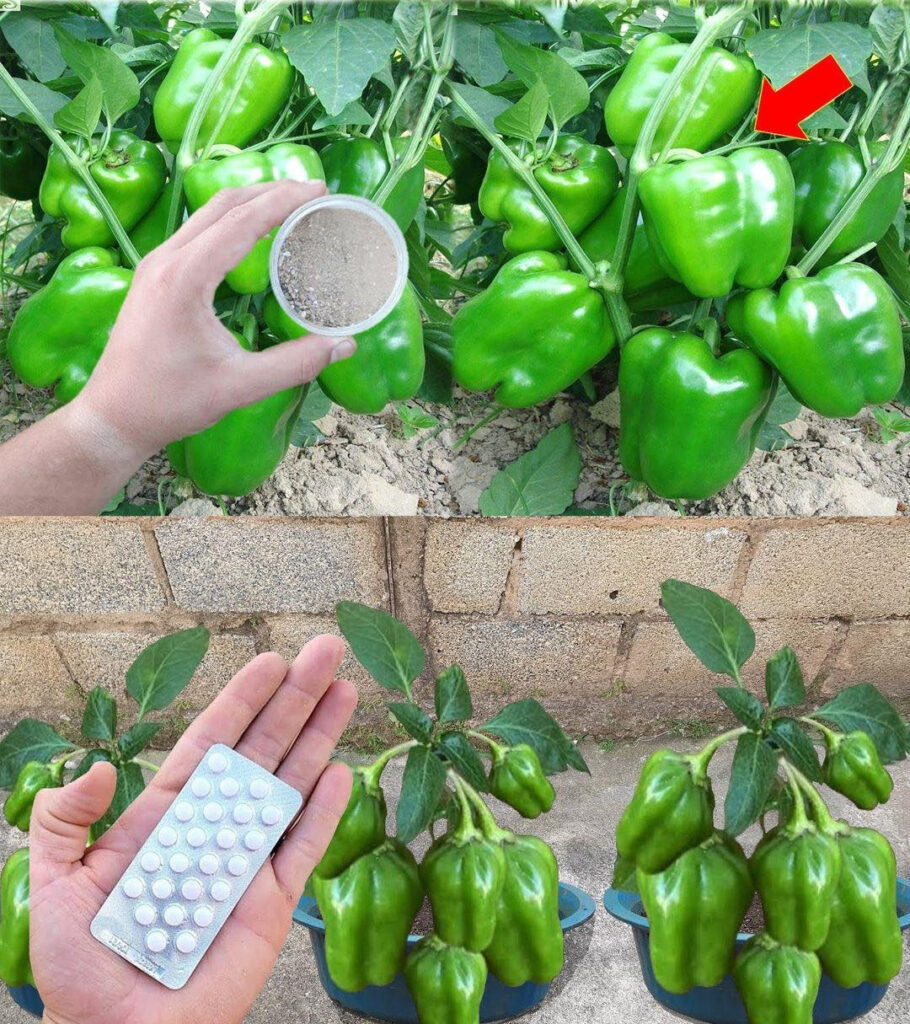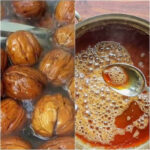Growing bell peppers can be a rewarding experience, whether you’re a novice or an experienced gardener. Here are seven tips to help you grow healthy and productive bell peppers:
1. Choose the Right Location:
- Sunlight: Bell peppers thrive in full sunlight, so choose a spot in your garden that receives at least 6-8 hours of direct sunlight per day.
- Soil: Ensure the soil is well-draining, fertile, and rich in organic matter. Aim for a pH level between 6.0 and 6.8 for optimal growth.
2. Start with Quality Seedlings:
- Seedlings: If you’re starting from seeds, begin indoors 8-10 weeks before your last frost date. Use high-quality potting mix and provide adequate warmth and light for germination.
- Transplanting: When transplanting seedlings outdoors, choose a cloudy day or late afternoon to minimize stress on the plants.
3. Proper Plant Spacing:
- Spacing: Space bell pepper plants 18-24 inches apart in rows that are 24-36 inches apart. Providing adequate space allows for good air circulation and reduces the risk of disease.
4. Provide Consistent Watering:
- Watering: Bell peppers require consistent moisture to thrive. Keep the soil evenly moist, but not waterlogged, throughout the growing season.
- Mulching: Apply a layer of organic mulch, such as straw or shredded leaves, around the plants to help retain soil moisture and suppress weeds.
5. Fertilize Regularly:
- Fertilization: Apply a balanced fertilizer, such as 10-10-10, at planting time and then again every 4-6 weeks throughout the growing season. Alternatively, use a slow-release fertilizer according to package instructions.
6. Support Heavy Fruit:
- Support: As the bell pepper plants grow and produce fruit, they may become top-heavy and prone to tipping over. Provide support by staking or caging the plants to prevent them from bending or breaking under the weight of the fruit.
7. Harvest at the Right Time:
- Harvesting: Bell peppers are ready to harvest when they reach full size and color. Most varieties mature from green to red, but some may turn yellow, orange, or even purple when ripe.
- Cutting: Use a sharp pair of scissors or pruning shears to cut the peppers from the plant, leaving a short stem attached. Avoid pulling the peppers off, as this can damage the plant.
Bonus Tip: Pest and Disease Management:
- Monitoring: Regularly inspect your bell pepper plants for signs of pests, such as aphids, flea beetles, and hornworms, as well as diseases like blossom end rot and fungal infections.
- Control: Use organic methods like handpicking pests, spraying with neem oil or insecticidal soap, and practicing crop rotation to minimize pest and disease problems.
By following these tips and providing proper care, you can enjoy a bountiful harvest of delicious bell peppers from your garden.


